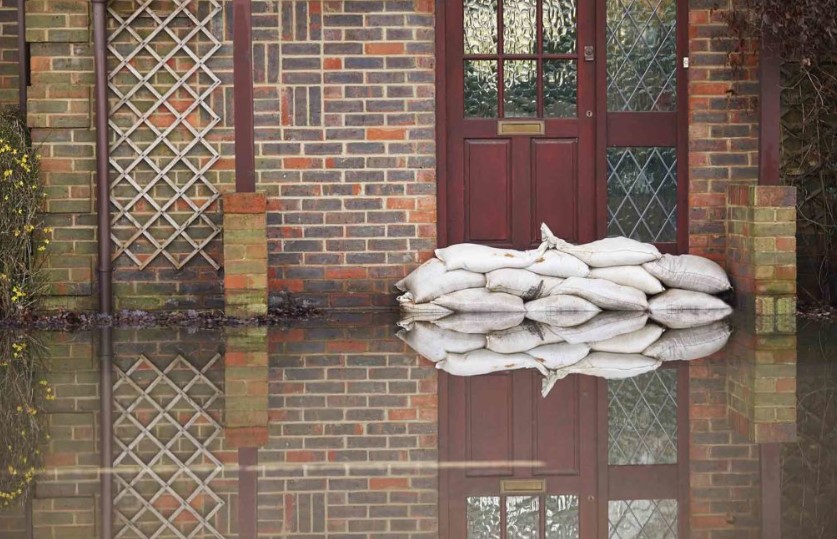
What is the cost of water removal Suffolk County? What can be done to prevent the price of this service? What is the process like? What happens if you do not get professional help? Here are some tips:
Costs
To improve drinking water quality for residents, the Suffolk County Water Authority has approved a $20 per quarter surcharge for North Fork residents. The charge will help cover the costs of installing treatment systems for perfluorinated compounds, 1,4-dioxane, and PFOS. The federal Environmental Protection Agency has found these contaminants in drinking water systems and remains unregulated.
Public water bills in Suffolk County will increase by 4% for most residents. The average rate for a Suffolk County Water Authority customer will rise by about $1.73 a monthly, or around $20 per year. The $80 annual water quality treatment fee will remain the same. According to J.D. Power, Suffolk County’s public water service was ranked the worst in the country.
The report notes that the study was based on average water usage and did not include the taxes property owners pay to the water district. This was a big mistake, as the report did not consider water district taxes paid by the property owners. The Citizens Campaign has promised to correct the data.
Home damage caused by water removal Suffolk County
If you’ve experienced flooding in Suffolk County, NY, you should immediately contact a professional water removal company. Floodwaters can compromise the structural integrity of your home and contain hazardous waste materials and toxins that cause mold growth. To minimize the damage caused by water damage, hire a Bay Shore, NY water restoration company to eliminate the floodwater and restore your home to its pre-loss condition. Whether the water was caused by a broken pipe, a faulty water heater, or an overflowing septic tank, you need to call a Bay Shore, NY, water restoration company.
In addition to mold growth, standing water can also affect your health. Delays in flood water removal can cause permanent damage to wood and electrical appliances. Even if you do the job quickly, the damage can be severe. If you don’t act soon, mold growth may occur, and your home could be at risk for a fire. Listed below are some of the problems you should be aware of if you’ve suffered flooding in Suffolk county.
If you’ve had flooding in Suffolk County, you should seek professional help to restore the structure and contents of your home. The flood may have resulted from a broken pipe inside the house, or it may have come from outside. No matter the cause of the flooding, it’s essential to contact a water removal company immediately. A company like Restoration 1 of Huntington can identify the source of the water and treat the affected areas of your home. Its professionals can also assess structural damage and determine the most effective course of action for you.
Sources
The county’s Comprehensive Plan for the Environment established environmental land acquisition and management guidelines. In 1962, two-thirds of the county’s land was open. It also presented the economic value of these open spaces. In 1962, agriculture accounted for 14 percent of the county’s total acreage and provided an industry worth $55 million. The Comprehensive Plan also recommended preserving historic sites, freshwater creek drainage basins, barrier beaches, and salt marshes.
The Subwatersheds Wastewater Plan was recently approved by the New York State Department of Environmental Conservation (DEC) as a Nine Element (9E) Watershed Plan. This plan encourages municipalities to develop watershed-based strategies incorporating nine key elements. Suffolk County’s Subwatershed Wastewater Plan is designed to transition away from traditional septic systems and cesspools, which are the significant sources of nitrogen pollution.
The Long Island Source Water Assessment Program, completed in 2011, assessed land use activities in aquifer areas and affected all public water supply wells. In addition, the Comprehensive Water Resource Management Plan will be updated to evaluate policies and practices for water resource management, including the protection of the Sole Source Aquifer. These initiatives are expected to support Smart Growth and Workforce Housing while protecting water quality. This report is an essential step in Suffolk County’s ongoing efforts to protect its aquifers.
